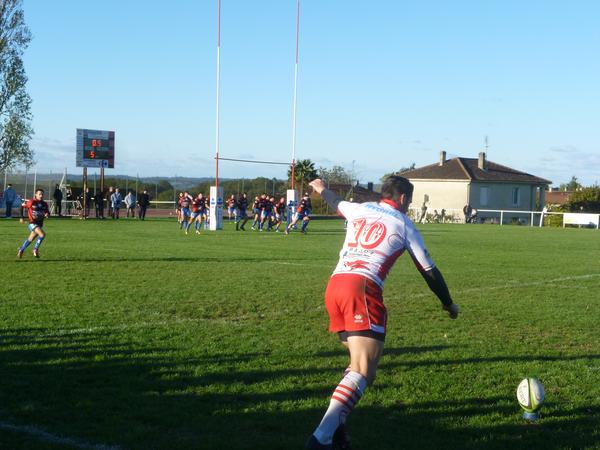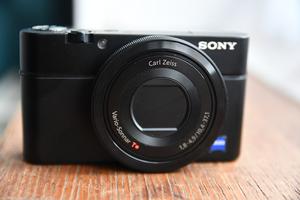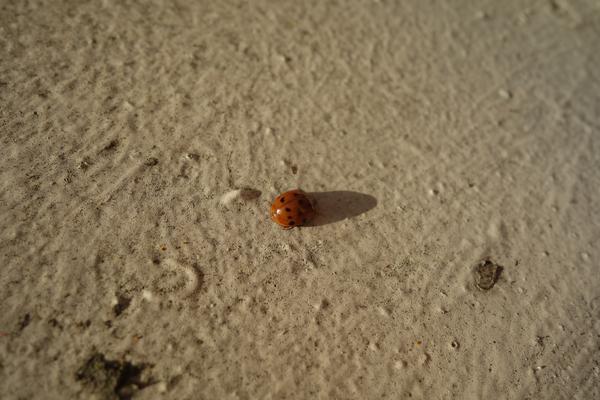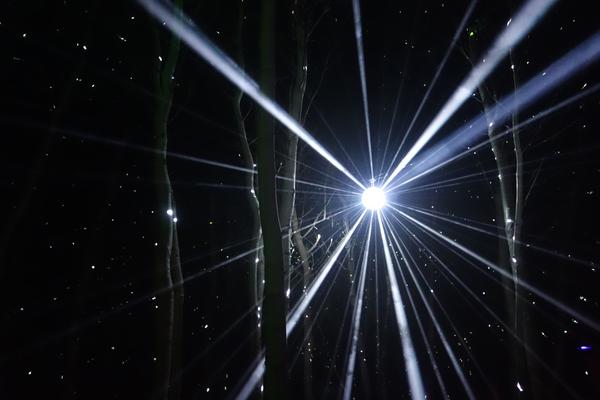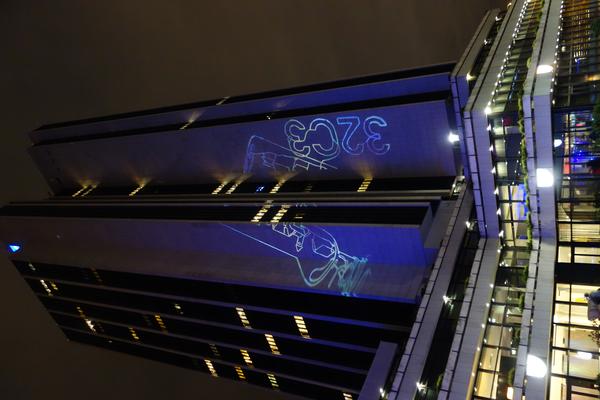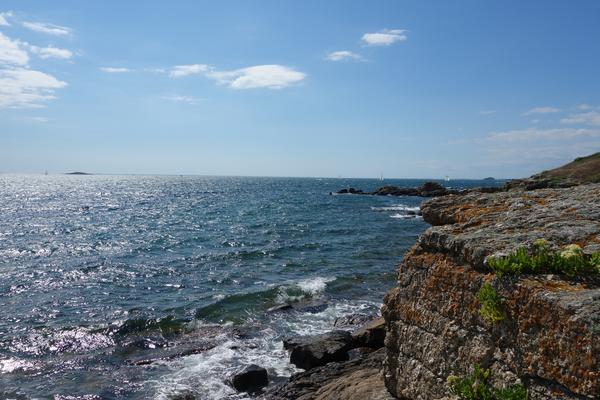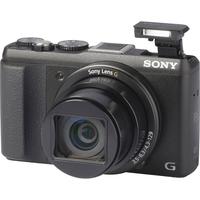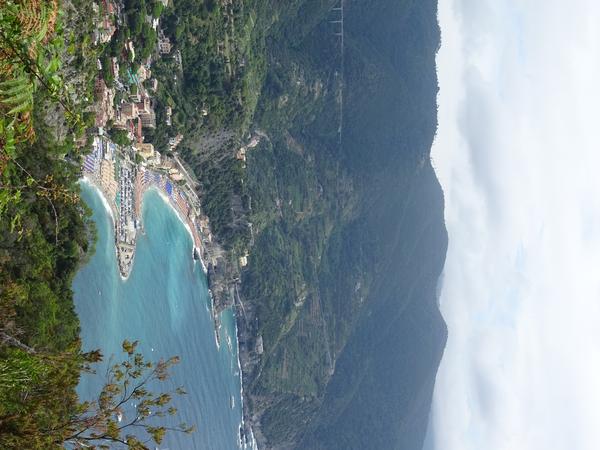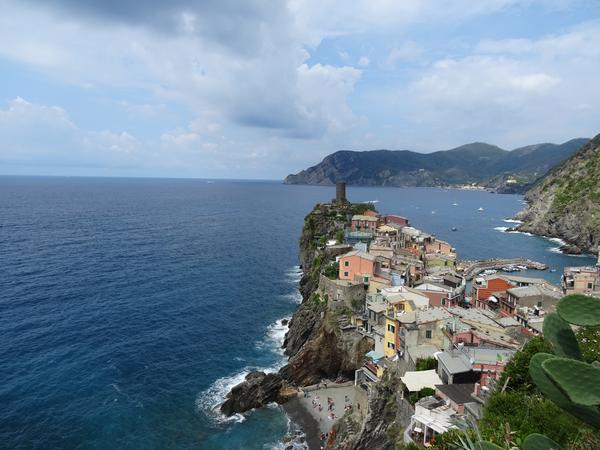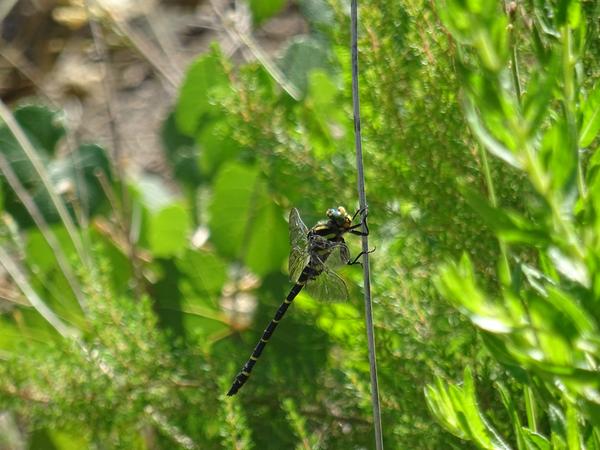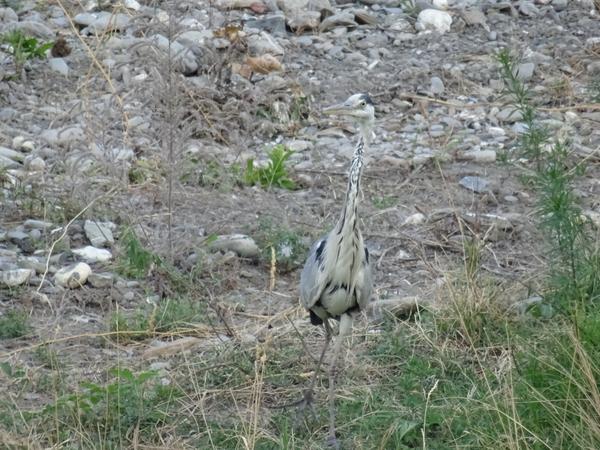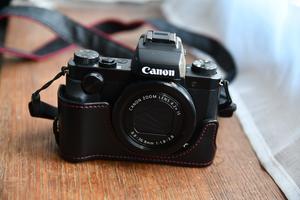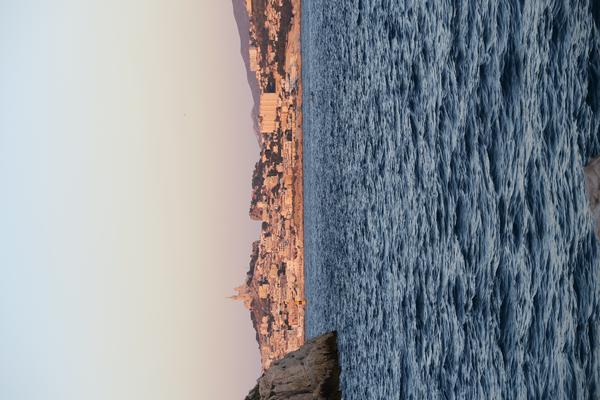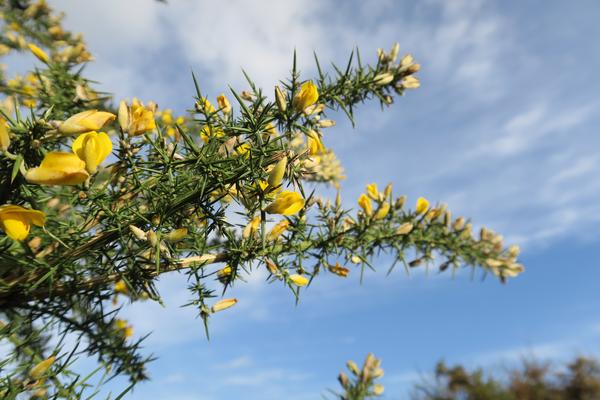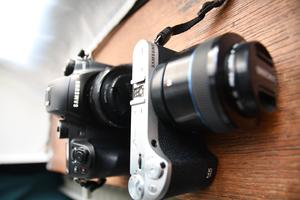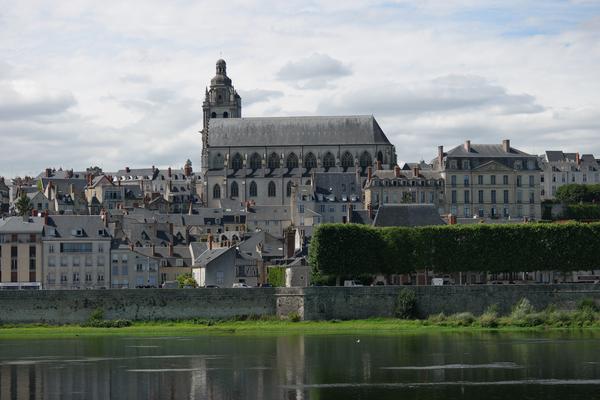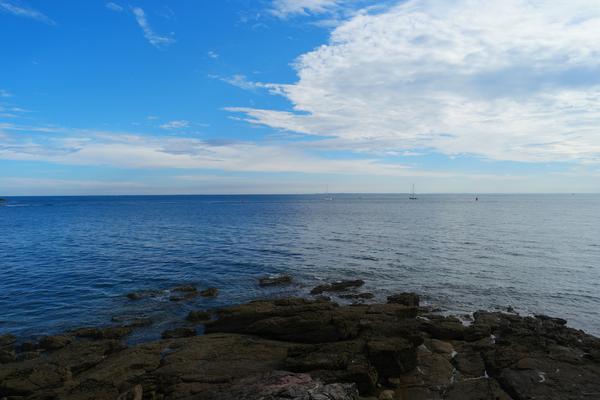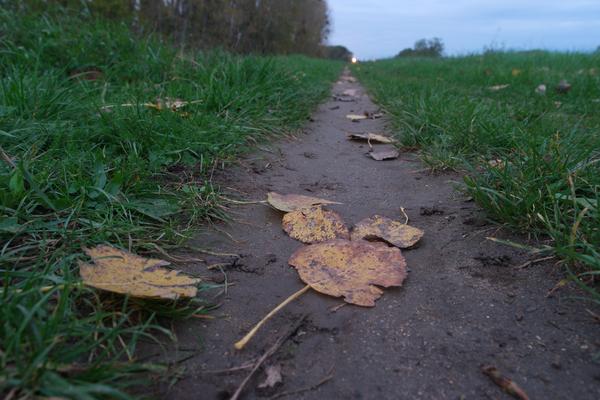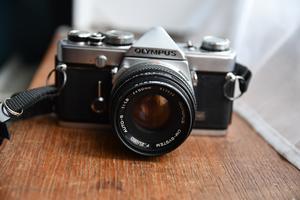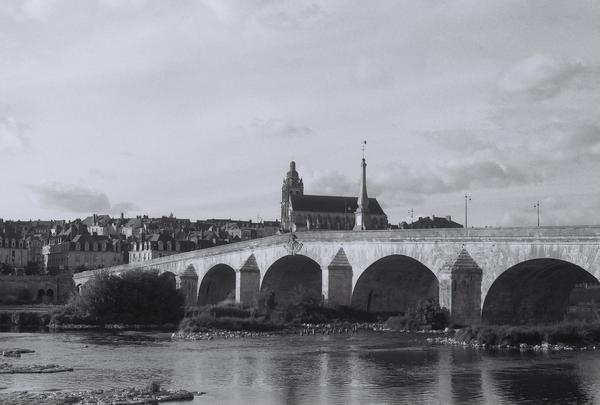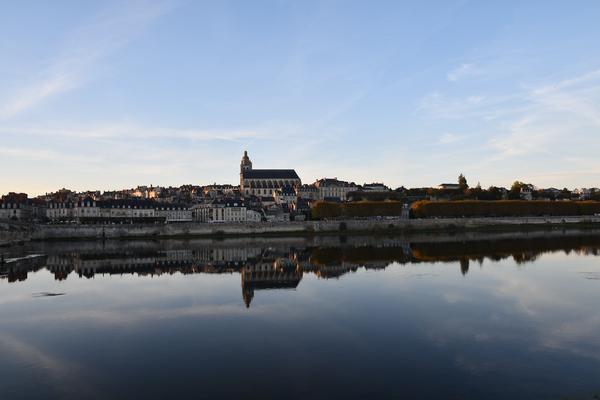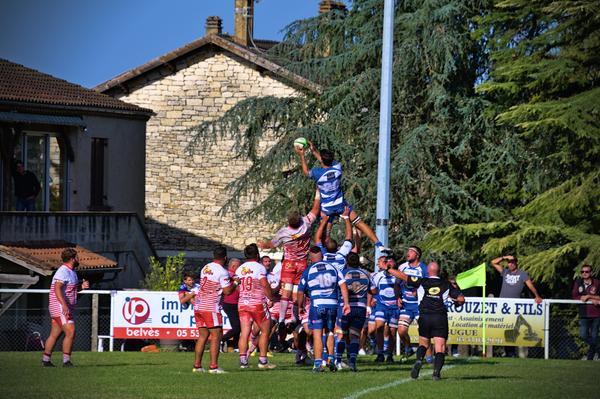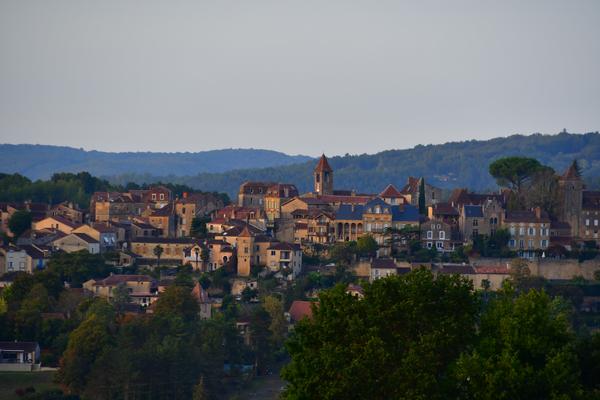I started to become a bit invested in photography, and I wanted to share a bit of my journey on this blog, so here we go. This is not at all a photography guide but closer to a log of my experiences and productions. I am not confident enough with my skill to give real advice, but this might provide a reference to people even more novice than I.
Table of contents
- Timeline
- Lessons learnt
- Buy used
- Compatibility is useful
- Sensor size is not all
- Filters
- Macro
- Do you NEED that lens?
- Increasing the range on the long end yields diminishing returns
- Printing is a good idea
- Viewfinders are great
- Do not format too often
- Backup efficiently
- Touch AF is good
- Lenses are fragile
- Get rid of what you do not use
- Manual focus is underrated
- Weddings: don’t
- Black cats are hard
- Clean your lenses
- Photography forums: a mixed blessing
- Phones
- Post-processing
- Other gear
- If I had to do it again
- Database management
- Find people!
- Resources
Timeline
The beginning (2010)
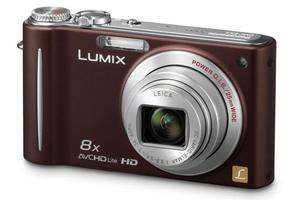
I was always interested in taking pictures once I could get my hands on a decent camera, which is around 2010. I started with a Lumix DMC-ZX3, which had a good resolution for the time, a somewhat okay trans-standard optical zoom for a compact -28-200mm full-frame equivalent-, and optical stabilization.
I did not go out much for a few years, though, so I have only a few pictures to show for it, apart from family/friends:
I did not learn about composition, lighting, focal length, aperture, etc, for a very long time, and most of those are taken on full auto mode.
A better camera (2014)
After lending the ZX3 to someone who had it stolen, I got a Sony RX100 for my birthday in 2014. The RX100 is a tiny wonder of a camera, which has plenty of presets modes alongside the Aperture/Shutter priority and Manual/Program modes. Its optical quality is leagues ahead of my previous camera, it has plenty of controls, and even today it is a great little camera to carry around. It has followed me across continents and lasted me a very long time, partly thanks to its metal body.
The original RX100 has since been discontinued but the newer models are still sold (even the RX100 III is still manufactured, despite there being an RX100 VII!). The newer models are better in most or all ways, too (viewfinder, touchscreen, orientable screen, better ISO range, better aperture, more focal length).
Its only weakness compared to my ZX3 was the range, which is 28-100mm equivalent, i.e. half the focal length.
I have used it for the better part of a decade, and it still mostly works to this day.
Always in "Auto" mode.
A worse camera (2018)
The RX100 range was frustrating, so in 2018 I decided to go for a superzoom compact, and I turned to the Sony HX60, because I was satisfied with the Sony image processing from the RX100, and because it was well-rated and had such an awesome range -24-720mm in full-frame equivalent-.
Not much to say, it is a very decent camera, performs well in good light, and has indeed a great superzoom (nothing like the Nikon P1000 of course, but that is not the same price range).
I have taken pictures I like a lot with it, and it is a less expensive camera than the RX100 for sure, but it is an obvious optical downgrade from it. Battery life is also sub-par, possibly thanks to the motor needed to move the optical elements around in the zoom.
Alas, in the end, a superzoom crammed in such a tiny package means that pictures taken around the long end get hazy, and optical stabilization can only do so much. If you do not downscale the pictures, the results can be a bit disappointing.
Getting a bit serious (2020)
In 2020, my RX100 started to show some mechanical fatigue, with the front lens protection staying shut sometimes. I wanted a working camera for a trip to Marseille, so I read quite a few reviews and got myself a Canon G5X, which is also a tiny wonder, with plenty of control dials, a great viewfinder, a reticulating touchscreen, and good optics. It looks and feels like a bigger camera. It also happens to be very expensive for a compact.
2020 also happens to be the start of the covid pandemic (with no end in sight at the time of this writing), so from this point I travel a lot less and that means fewer opportunities for varied pictures.
It did take photos I am happy with, but performance in low light is not awesome, and it is mostly an incremental upgrade over my RX100, while also being bulkier: RX100 fits in my pockets, G5X does not.
It is okay for point-and-shoot and takes great portraits in good light.
Putting both feet in (2021)
In late 2021, I wanted to go further, so I stacked plenty of reviews and decided to buy my first DSLR, a Nikon D3500. By all accounts, this was the go-to body for a first DSLR, being not too expensive, having a good state-of-the-art APS-C sensor, a good resolution, and plenty of options, while being small and light (for a DSLR).
I found a bundle with the camera, 2 batteries, a bag, an 18-55 and 70-300 for a decent price. I got scammed because I was promised an 18-55 VR (for Vibration Reduction, also called OIS, IS, OS, VC, etc, all of those reduce handheld vibration and can save you generally between 2 and 4 stops, allowing you to shoot at slower speeds) and got the one without VR, and I noticed it way too late for contesting (also the seller was based in Hong Kong, which does not help).
The D3500 is an awesome camera, and I learnt a lot from taking thousands of pictures on it since then. It does have one small deal breaker for me, which is the inability to toggle "ISO Auto" without going through several menus something I could do on both the Sony and Canon!
Note: from here I take a lot more pictures, and a lot more that I find pleasing, so the selection is a bit random. I also exclude cat and people pictures, for reasons.
The Linux trap (2022)
I got introduced by Ge0rG to the world of Samsung mirrorless, which is a dead line of products (no new camera since 2015), but where several run a (rootable) Tizen Linux distribution, which allows plenty of creative uses of the hardware.
Because there is no new hardware on the market, there are close to no third-party lenses available, and you have to hunt for used official lenses and bodies. Some are sought more than others and it is quite hard to find the pro zoom or pro tele nowadays. The NX1 is slightly more available, but still difficult to find.
To acquire enough lenses, I had to buy a few bundled camera bodies I do not want, and I now have to resell (e.g. the Samsung NX5, or NX1000). I managed to obtain the best bodies of the line, the NX500 (which is very capable and small), and the NX1 (which looks closer to a DSLR). I also have an NX Mini that is more of a curiosity, but still a very capable camera, when you do not forget to clean the sensor before going on a trip.
As stated previously, the NX500 or NX1 run linux in a fairly open fashion, so you can run a telnet or ssh server, execute commands remotely, automatically backup your files by mail or FTP, etc... You can also control the entire camera stack with simple commands, and therefore set up your camera over network, or even run the screen in your browser.
Even disregarding that, the controls and UI are simple, intuitive, and very accessible except for the NX Mini which is mostly touch-driven, making it less fun. The technical specifications are also very good: high ISO range, fast max shutter speed, highest pixel count for an APS-C sensor… I did find focus hunting nicer on the Nikons overall.
The NX Mini has about the same sensor as the G5X or RX100, which makes things a bit harder. It also has interchangeable lenses, but only 3 types were ever made, plus an adapter for other NX lenses, which is even more elusive than the mini lenses.
I am keeping the NX Mini to eventually do an infrared mod, because it is reported to be a simple operation, and that seems interesting.
Keeping a legacy (2022)
My mother took a lot of pictures in the past with her trusty Olympus OM-1, which is both widespread and legendary (the first of all compact 35mm SLR, with a metal body and all manual apart from the exposure meter). She gave it to me, and so I had to start shooting film as well, which is a wildly different experience from digital.
Shooting with a film camera is an expensive and fun hobby: camera rolls for 35mm film cost from 10 to 30 euros, and developing it costs around €15 as well. And you can fail completely, by not attaching the roll properly, or by moving a crank too far and ripping it from its enclosure. The latter can be recovered, but that means unloading the roll and putting it in a sealed box in complete darkness, which is not something you think about the very first time.
Despite my moderately costly failures, there is something about shooting on such a manual camera, and it is a mechanical wonder to move those 50 years-old cranks and buttons and still, get very nice and clear sounds.
The one trick is that I have to overcompensate the ASA (ISO for film) by two stops because the battery used for the built-in light meter is not produced anymore in that voltage, so it will be overly sensitive.
Upgrading already (2022)
The D3500 is a great piece of hardware and not a very limiting factor when taking photographs, but since it is the latest/cheapest DSLR in their D3XXX line, Nikon does not put enough hardware to keep compatibility with their previous lines. The bad access to ISO settings was also getting a bit annoying.
I wanted to not have to upgrade, and I likely will not unless I go the full-frame route, as Nikon has more or less chosen to end their APS-C DSLR line to go full mirrorless or full-frame DSLR. By all accounts, the D7500 and the D500 are among the best, and the D500 is astonishingly expensive, so I went for a used D7500, which is, interestingly, a downgrade in pixel count (20MP vs 24MP), but that does not matter much in practice.
One of the main issues of the D7500 is lackluster HDR, and I can live with that. There is no real image difference between the D7500 and D3500 except when going into high ISOs, the real differences are in the controls, customization, tropicalization, compatibility and number of autofocus points.
Lessons learnt
Buy used
The most important thing may be that buying new lenses in an established ecosystem is not worth it. Even the cheap lenses (e.g. Nikon DX 35mm f/1.8, €200) can be found in mint condition for at least half the price. The same goes for camera bodies, as long as you ask enough questions, and see a low enough shutter count.
Compatibility is useful
Unless you have the means of dropping a few thousand euros on recent lenses, having a camera that can use lenses from 30 years ago without a hitch is very useful. Those lenses, provided there are no scratches, fungus, or too much dust, have stood the test of time, are more often than not very sturdy, and are quite cheap because the newest have some benefits to them.
You can for example find an 85mm f/1.8 prime with good autofocus for €150, but it will use the old autofocus which requires a motor in the camera to drive it, which the cheapest ones do not have. The more recent version is €200-400 used.
Sensor size is not all
Sensor size is important, as a bigger sensor can capture more light and provide a nicer depth-of-field effect, among other things. However, it is not the end of the world and people can take really good pictures with smartphone sensors, which are very small (but assisted by a ton of post-processing power and some image reconstruction algorithms nowadays).
Additionally, a smaller sensor means further range at the same focal length, so when you are into birdwatching, it makes sense to go APS-C instead of full-frame, as you get 1.5 times more range.
Filters
I have not dabbled in polarizing, ND, or other filters, but adding good quality UV filters to your lenses means the front element is protected by something easy to replace, without really impacting the pictures. It is easier to replace a filter than a lens, but filters are still expensive: €30-60€ for okay quality, therefore I would recommend buying them used because as long as there are pictures, there is nothing that can be wrong with such a simple element. The technology is mostly in the glass and coating, and any issue there will show.
Macro
Macro lenses are very expensive, but anything with a reproduction ratio of 1:2 or even 1:3 is generally good enough for pseudo-macro. I have a macro lens that is very rarely used for real macro but rather for the arbitrary close focusing it provides.
A ratio of 1:1 means that you can take a picture where everything in the frame fits in the sensor size.
Do you NEED that lens?
Maybe you don’t. I probably should not have spent that much on a 10-20mm ultra-wide lens. Or on my collection of fast primes lenses. Or… The slope is slippery and if you have enough disposable income it can be tempting.
Increasing the range on the long end yields diminishing returns
The shorter a focal length is, the wider the field of view is, and that translates to images that you cannot really take without that focal length when crossing around 30mm (full-frame equivalent). On the other hand, more often than not, longer focal lengths are not quite as useful, because you can just move there unless it is wildlife or in an unreachable place. This means that in practice, the jump from 300mm to 400mm is not very noticeable, despite the 400 being vastly more expensive.
Therefore, when in doubt, err on the wider side when choosing a standard zoom. If the choice is between 16-50 vs 18-55, 16-50 is in fact much more versatile.
Printing is a good idea
I am now reaching over 700 gigabytes of pictures because I am not a smart person and I keep RAW files forever. But keeping your pictures on a disk can be a bit of a waste, so if there are pictures that you like, do not hesitate to print and frame them! (or even offer them to family & friends, but only after making sure they like it)
Viewfinders are great
… When they are good. For example, my NX5 is an okay camera, though its age is showing, but as it is mirrorless, the viewfinder is also an LCD screen of low resolution and framerate. I love optical viewfinders because seeing through them is really clear, but digital viewfinders are also good when they are of good enough resolution and quality, as they allow you to preview precisely the picture you are about to take.
In any case, there is something about the motion of putting your eye on the camera and having only the focus of the picture you are going to take. It really is a different experience compared to live view on a backscreen.
Do not format too often
I have the unfortunate habit of formatting my SDXC card often, even when I have plenty of room left on it. It burnt me once or twice when I ran the formatting despite not having extracted the photos on my computer.
Backup efficiently
Have at least one (encrypted) backup of your full-size photos on some remote storage, one copy locally, and one periodical copy to a different hard drive. More is better. I use the Hetzner storage plans which are quite cheap, and borg backup.
Touch AF is good
Being able to focus on what you want is a great feature, so having a touchscreen on your camera is good.
Lenses are fragile
I let one of my 16-50 Samsung lenses fall on the floor once, and that is all it took for it to stop working properly. It can still be made to work, but it is a pain. Luckily, it is the one lens I have twice.
Get rid of what you do not use
If you took good care of the lens and/or camera, you should be able to resell it for a significant fraction of its original price on places like eBay or leboncoin (for french people). Exercise plenty of caution of course, but it is better to resell things you do not use to finance lenses you actually want.
Manual focus is underrated
Now do not get me wrong, autofocusing is essential and I certainly enjoy the ability of modern cameras to focus near-instantly; however, when there is a mixed optical situation (glass, mesh between you and your target, etc), manual focus becomes a necessary skill. It is much nicer to manually focus on mirrorless or even in a DSLR live view because the LCD screen can easily highlight what is in focus, which helps tremendously.
Weddings: don’t
If you are an amateur, try to not do that. Conditions are harsh, you need to be able to capture the moment, you have no control over lighting, and you are on your own. Fast (wide aperture) lenses + stabilization help in such indoor settings but those are generally more expensive, and they can only do so much. A tripod for doing planned photos will work, of course, but you cannot generally use it, time is marching on, and setting it up is slow.
Black cats are hard
Taking pictures of a black cat is a difficult task. Autofocus will be murky, white balance will fail, exposure compensation will be all over the place. Good luck.
Clean your lenses
Every once in a while, you should check the front and rear elements of your lenses and remove any dust on it. Having dark specks on pictures is no fun.
Photography forums: a mixed blessing
People have opinions on the internet, and on e.g. dpreview which is one of the biggest communities, people will have very strong opinions on lenses. They will both complain about things that could really be a dealbreaker (bad autofocus, lack of sharpness, etc), or complain about things you are never likely to find out.
Phones
The best camera is the one you have. You can take great pictures with a phone, and there is no reason not to. I find the pictures look mushy if you look a bit too close, but otherwise you generally have a better autofocus than most DSLRs, better postprocessing, some "image reconstruction magic", now supersampling with 48MP sensors, etc… Sensor size and lack of varied focal length are the main limiting factors (hence the ever-increasing number of cameras at the back of today’s phones, one ultrawide, one standard, one telephoto, etc…).
Post-processing
You should learn it. I have not yet, except some very limited tone adjustments, cropping, or sharpening on darktable.
Other gear
- Having a bag you can just grab to take a camera with 1 or 2 lenses is essential, and it needs to have at least a rain cover. They are expensive and can also be found used. I am satisfied with my LowePro bags, ManFrotto is also an option.
- SDCards are quite cheap, get a few 64/128 GB SanDisk Extreme Pro
- Also get a fullspeed USB sdcard reader, I have a USB3 one from SanDisk that never transfers below 95MB/s
If I had to do it again
I would probably get a Nikon D7200 or D7500, a Sigma 17-50, a few primes (e.g. 35mm DX and 85mm AF-D, and the cheap but light and very efficient 70-300 DX. Maybe a 80-200 AF-D or even a 70-200 AF-S if I have the money.
Database management
I like Shotwell a lot for its simplicity and built-in importer, but once the collection grows big enough it will struggle in most tasks. I was reffered to Rapid Photo Downloader which works very well, and allows me to configure plenty of parameters in the import, as well as not importing the same picture twice. I have complaints about digiKam but I have not found a better way to browse my photos yet.
Find people!
Most of my pictures have never been seen by anyone else, and that is perfectly fine, but you should strive to share shots you are proud of, and find people who also share their experiences, techniques, ideas, and other bits of information that can help you become better at what you do.
Sharing pictures on Mastodon with the tag #photo / #photography can be a start (sadly all EXIF tags are stripped on most instances).
You can react on this post on Mastodon.
Resources
- Photography for geeks
- Ken Rockwell’s website (disclaimer: I am not the biggest fan of his photography and he is opinionated on many weird things, but he does good enough technical reviews on bodies and lenses, and has some sensible advice, such as "no need for an expensive camera to take good pictures", and a good ultra-wide angle guide)
- DSLRBodies by Tom Hogan


